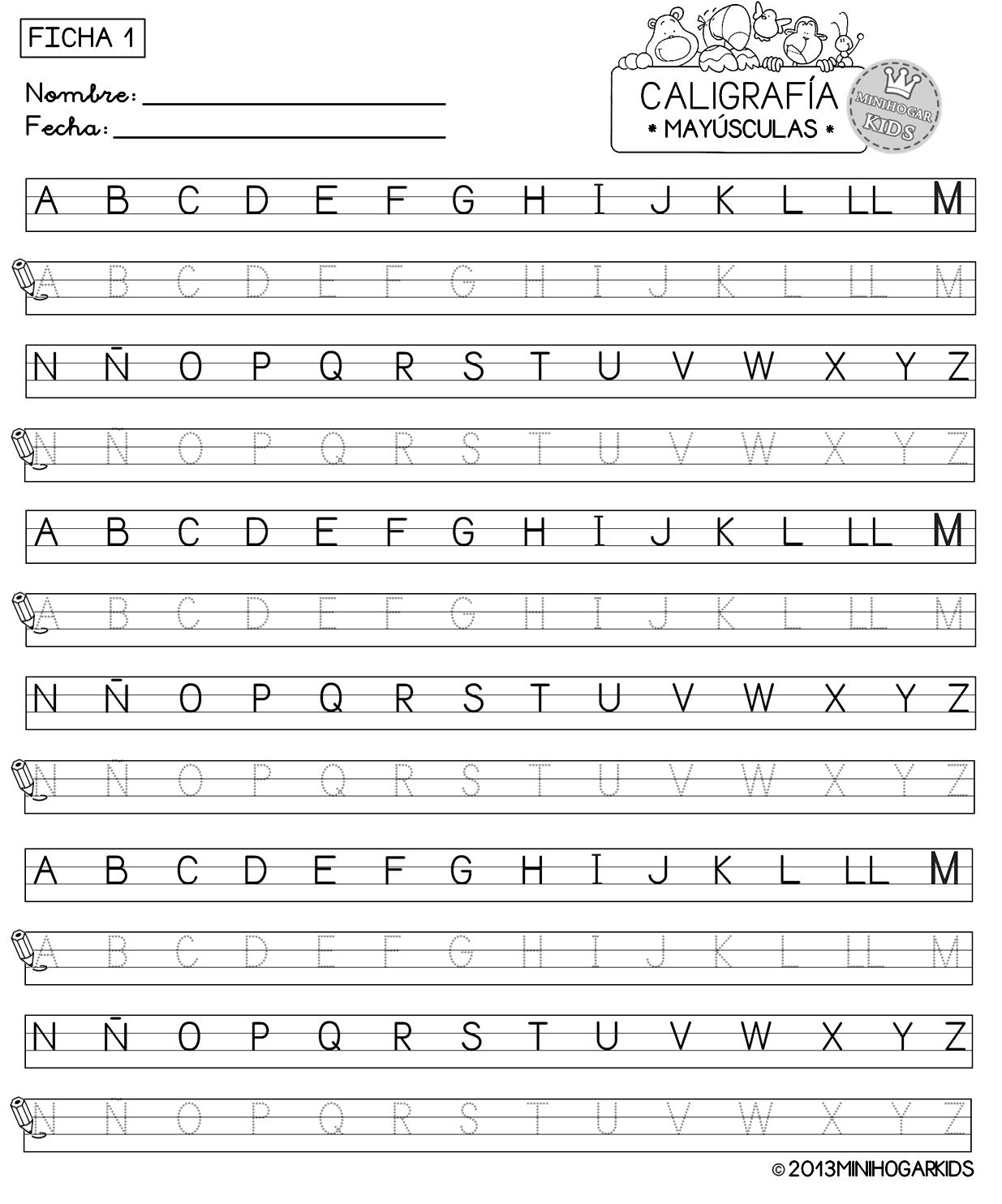Unlocking Handwriting Potential: A Guide for 6-Year-Olds

Is your 6-year-old embarking on their handwriting journey? Developing strong penmanship skills at this age is crucial for academic success and building confidence. This comprehensive guide explores the importance of handwriting for 6-year-olds, offering practical tips and activities to support their development.
Handwriting, often overlooked in today's digital age, plays a vital role in a child's overall development. For a 6-year-old, mastering handwriting isn't just about forming letters; it's about developing fine motor skills, hand-eye coordination, and cognitive functions. The act of writing by hand strengthens hand muscles and improves dexterity, essential for various tasks, from tying shoelaces to manipulating small objects.
The origins of handwriting trace back centuries, evolving alongside human communication. For 6-year-olds today, legible handwriting is a gateway to expressing thoughts, ideas, and creativity. It forms the foundation for effective communication, enabling them to participate fully in classroom activities, take notes, and complete assignments.
One of the main challenges faced by 6-year-olds learning handwriting is developing consistent letter formation and proper spacing. Children at this age may struggle with maintaining consistent letter size and spacing between words. Frustration can arise when their writing doesn't meet their expectations or those of their teachers. Providing positive reinforcement and engaging activities can help alleviate these challenges.
Understanding the developmental stages of handwriting in 6-year-olds is key to providing appropriate support. At this age, children are typically transitioning from printing to cursive writing, a process that requires patience and practice. Some children might grasp letter formation quickly, while others may need more time and encouragement. Providing a supportive and stimulating environment is crucial for fostering a positive attitude towards handwriting.
Handwriting practice for a six-year-old can be incorporated into fun, engaging activities. Using playdough to form letters, tracing letters in sand, or using colorful markers on large paper can make learning enjoyable. Games like connecting dots to form letters or writing simple words on a whiteboard can also make practice less tedious.
The benefits of focused handwriting practice are numerous. Improved fine motor control, enhanced cognitive function, and increased self-confidence are just a few examples. For instance, a child who struggles with handwriting might feel a sense of accomplishment when they finally master a particularly challenging letter. This, in turn, can boost their overall self-esteem and motivation to learn.
Advantages and Disadvantages of Early Handwriting Focus
| Advantages | Disadvantages |
|---|---|
| Improved fine motor skills | Potential for frustration if pushed too hard |
| Enhanced cognitive development | May take time away from other activities |
Best Practices:
1. Short, frequent practice sessions.
2. Use various writing tools and surfaces.
3. Incorporate multi-sensory activities.
4. Provide positive feedback and encouragement.
5. Make it fun and engaging.
Frequently Asked Questions:
1. How long should a 6-year-old practice handwriting each day? Short, 15-20 minute sessions are ideal.
2. What are some fun ways to practice handwriting? Try using playdough, sand, or colorful markers.
3. When should a child start learning cursive? Many schools introduce cursive around second or third grade.
4. What if my child is left-handed? Ensure they have proper posture and a comfortable grip.
5. My child gets frustrated easily with handwriting. How can I help? Offer positive reinforcement and break down tasks into smaller steps.
6. What resources are available for helping my child with handwriting? Workbooks, online resources, and educational apps can be beneficial.
7. How can I make handwriting practice more engaging? Incorporate games and activities that make learning fun.
8. Is it okay if my child's handwriting isn't perfect? Absolutely! Focus on progress, not perfection.
In conclusion, nurturing handwriting skills in 6-year-olds is a valuable investment in their future. By providing a supportive environment, engaging activities, and positive reinforcement, we can empower children to develop strong penmanship skills and build confidence in their ability to communicate effectively. Remember to focus on progress, not perfection, and celebrate every milestone achieved. This journey is not just about forming letters; it's about unlocking a world of communication, creativity, and self-expression. Encourage your child's development with patience and enthusiasm, and watch their handwriting flourish.
Unlock your inner artist mastering gacha hand drawing
Unlocking the secrets of sherwin williams zircon a comprehensive guide
Farrow and ball brooklyn brownstone chic













